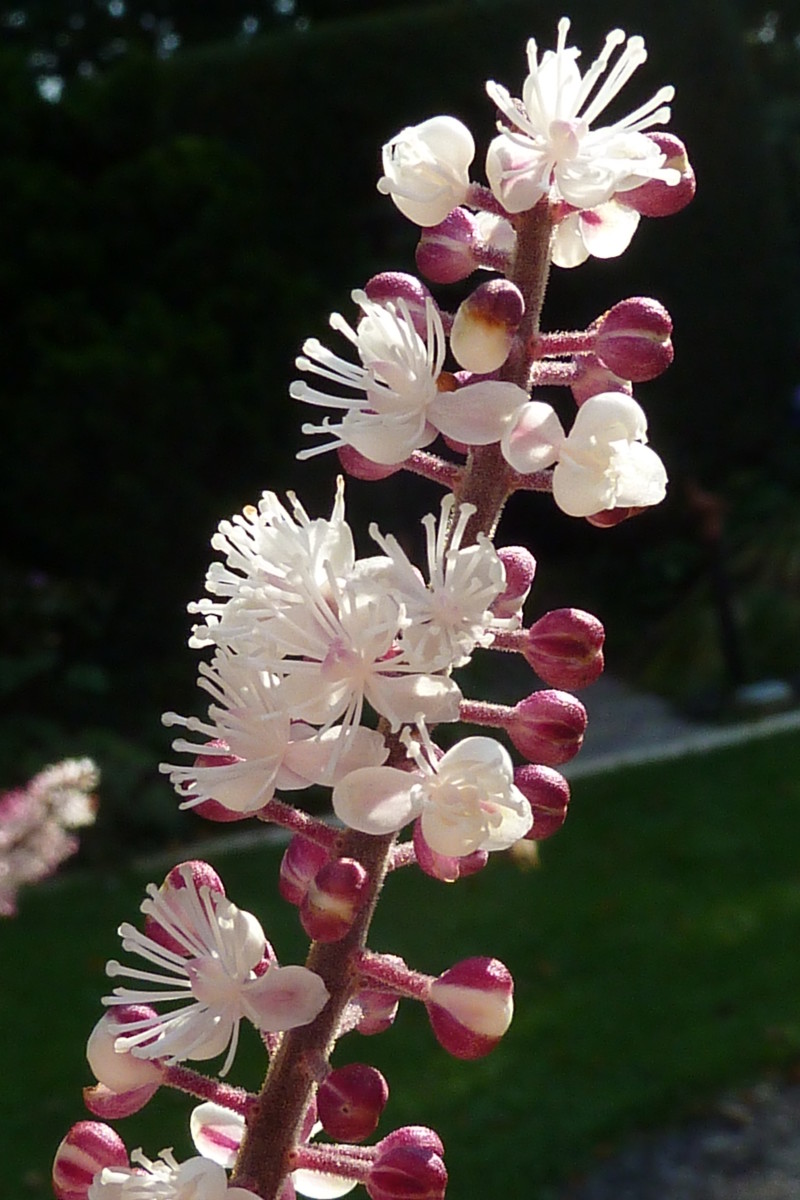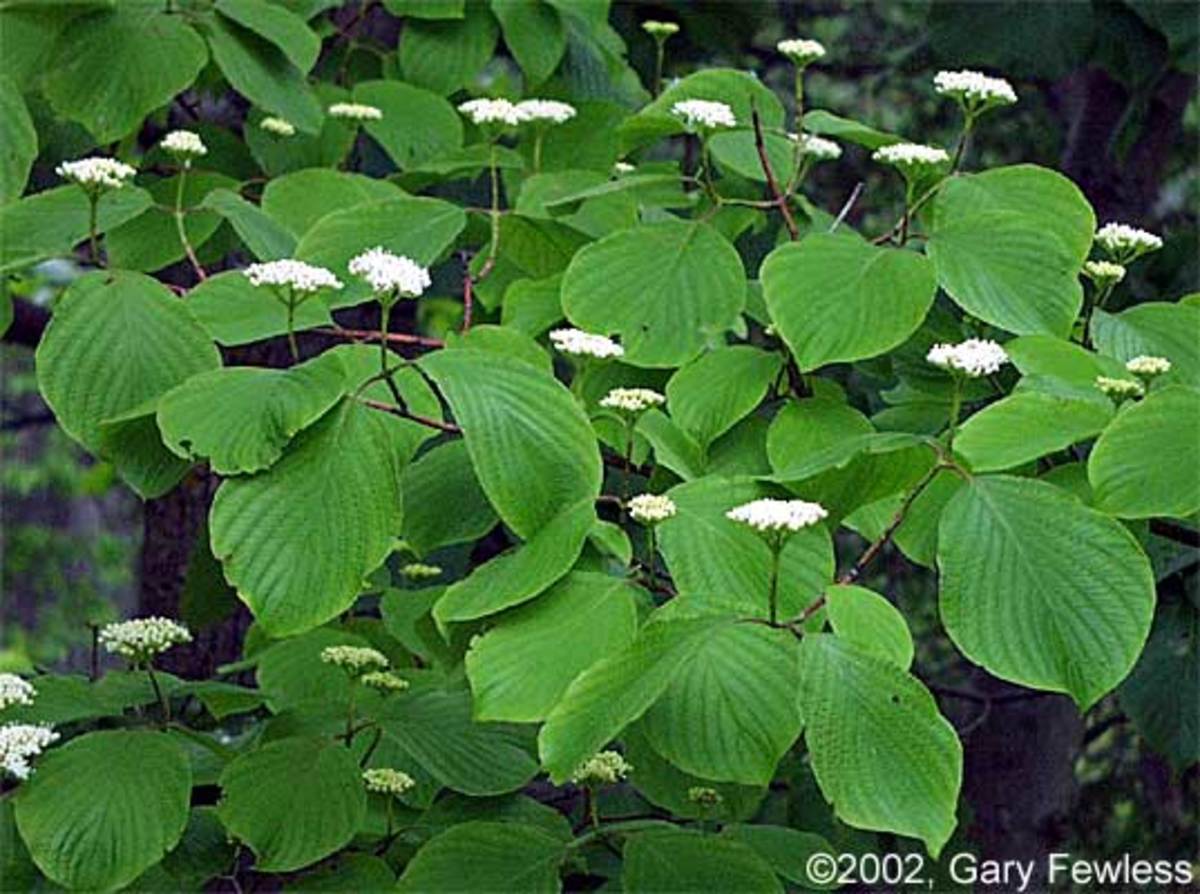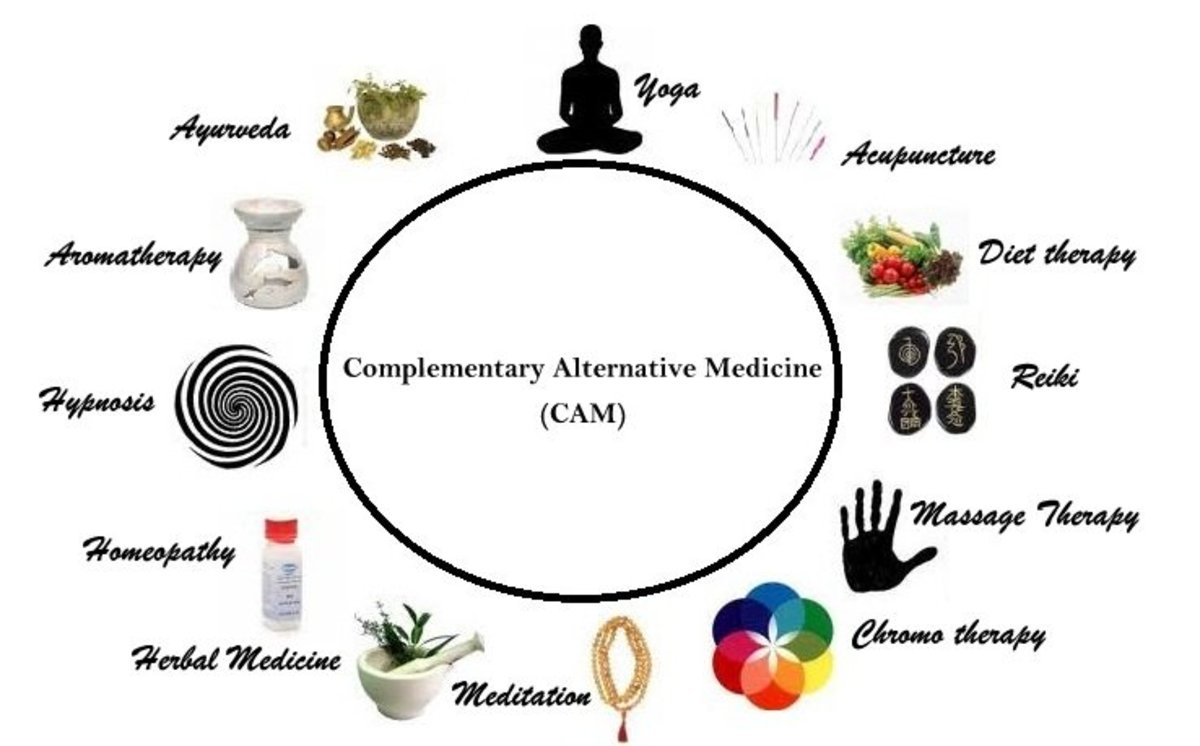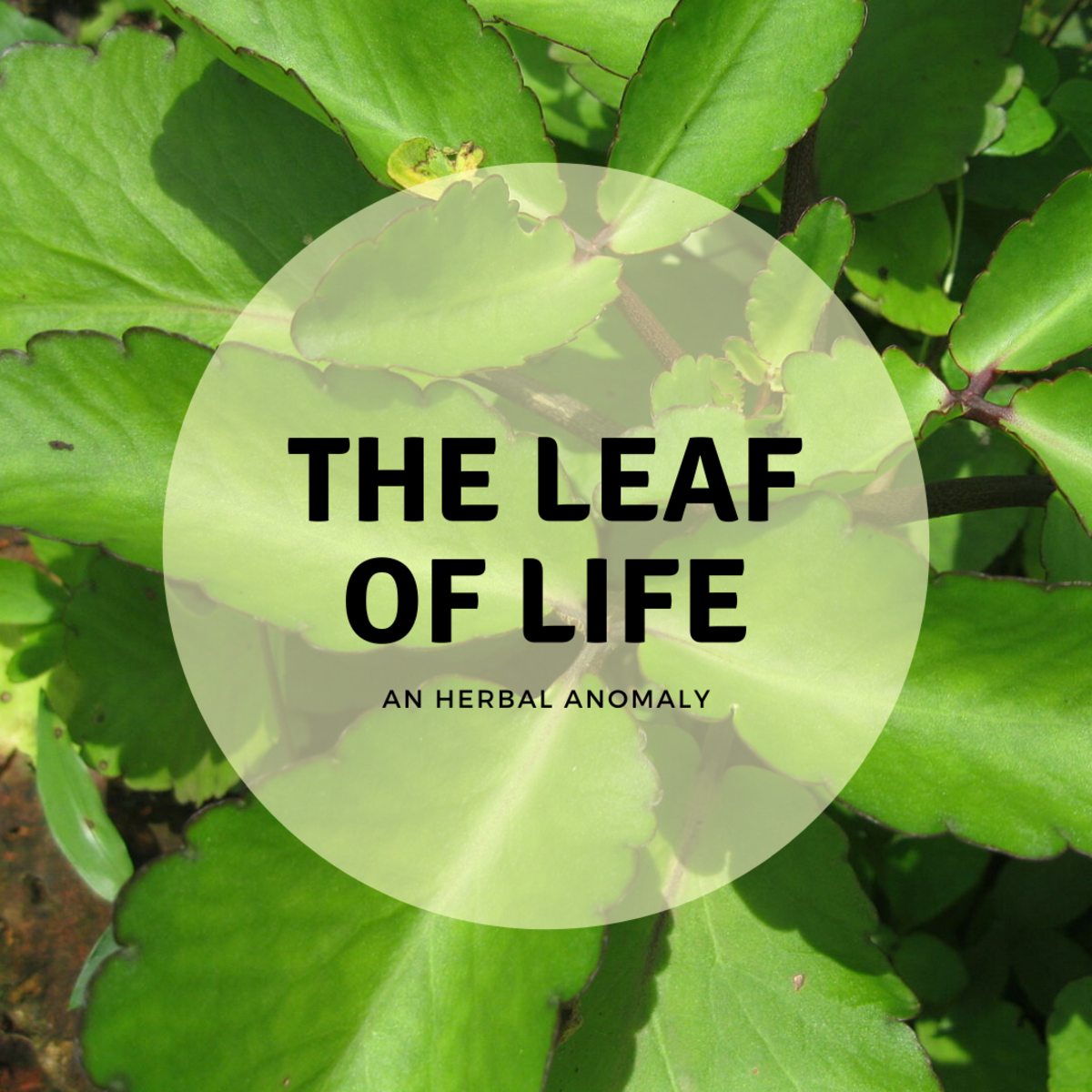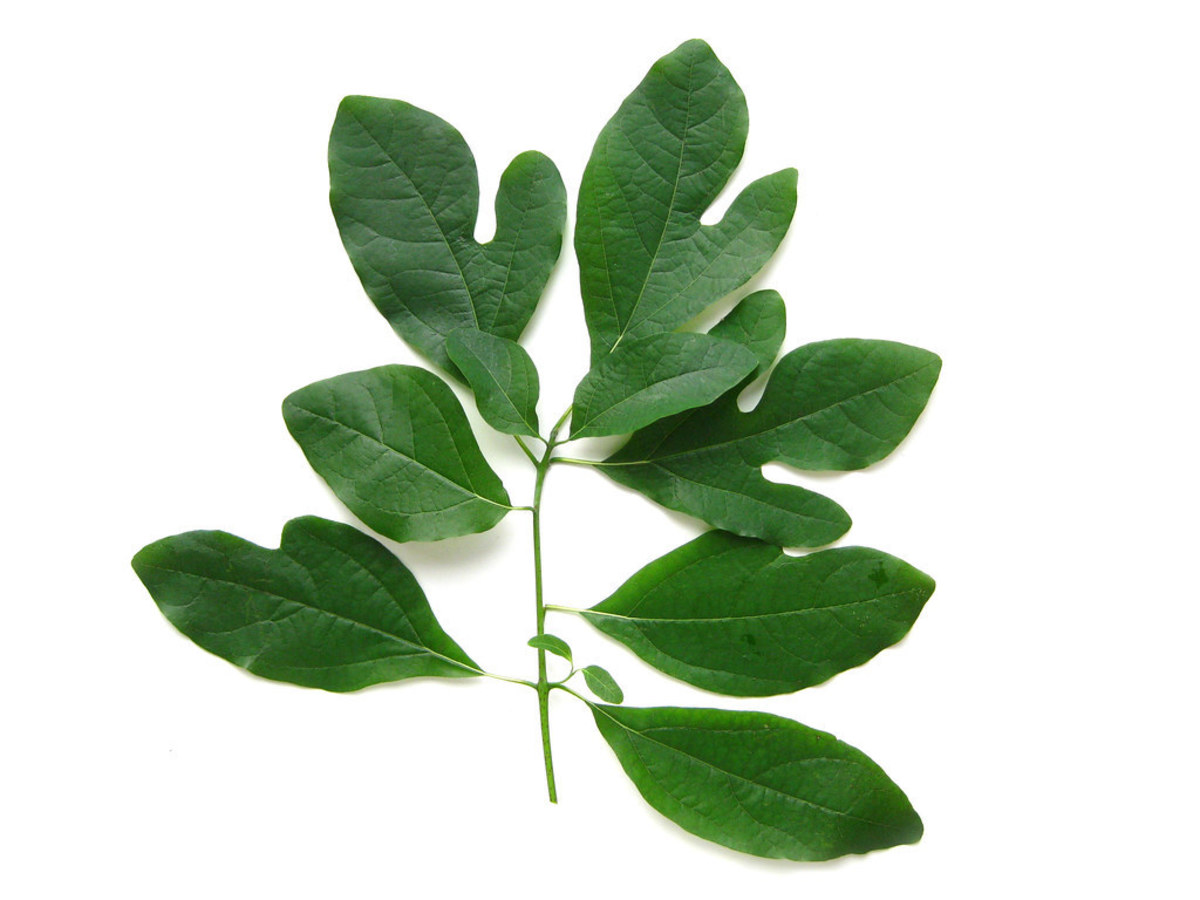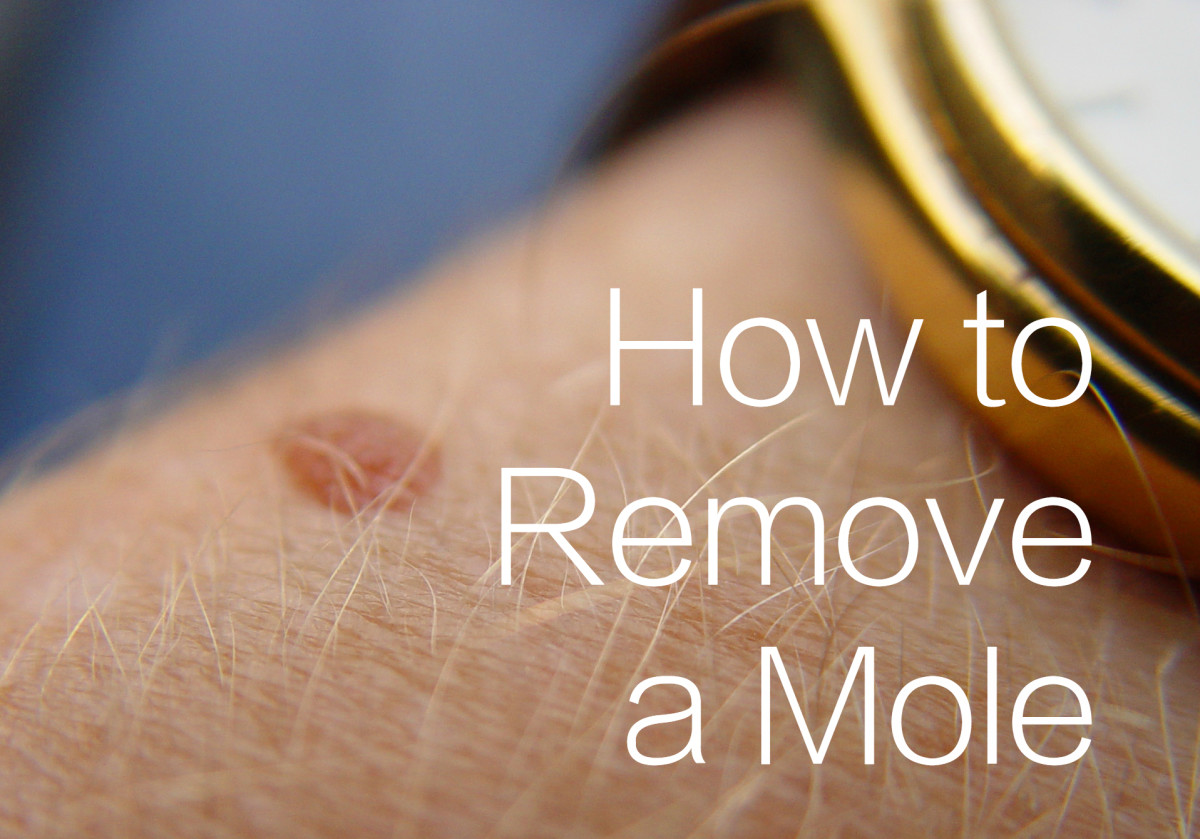Menopause: Complementary and Alternative Therapies
Introduction
Conventional medicine rests on one firm foundation: Evidence. If you remove evidence, the whole edifice will crumble and cease to exist. Any therapeutic measure, be it a medicine or surgical procedure has to have solid reproducible evidence that it is effective and that it is safe. Without that, any new type of treatment will not see light of day in conventional medical practise. Other facets of evidence follow from that. That is, what dose is effective, duration of use and how the treatment interacts with other medications that the individual might be using at the same time. These sets of criteria for safety and efficacy do not apply to what are collectively known as complementary and alternative therapies. Users are therefore called upon to draw on ‘faith’ rather than evidence and, increasingly, on the sales pitch of whoever is marketing the product. With the legitimate on-going debate about the safety of hormone replacement therapy in the menopause, complementary and alternative therapies have increasingly gained currency. So, what do we know about them?
Looking for alternatives
There is a lot of interest in some sections of the society on alternative or complementary therapies to tackle menopausal symptoms. This is due to a variety of reasons. Some people have understandable anxieties about using HRT stemming mainly from the unfavourable publicity that HRT has received in the popular media especially in the last few years. That publicity has been largely justified despite the general lack of context in many tabloid news sources. The fact that practice has changed as a result of those studies may not be enough to give peace of mind.
Other people look for complementary therapies because of their deeply held belief that non-pharmaceuticals are always better for the overall health as they are more ‘natural’. This is, of course, not always the case and in some cases the sought for remedy may have the potential of causing harm. However, an individual may feel very strongly about this personal philosophy that, for them, it will be either this option or nothing
Yet another group look at complementary therapies because they have genuine contra-indications to using standard hormone therapy. These may include those with a strong previous history of thrombosis or known to have a thrombophilic condition. Also in this group are breast cancer survivors where both estrogen and progestogen may be contra-indicated.
Phytoestrogens
These are plant extracts with effects similar to estrogen. There is an interesting theory based on experience from Japan. Japanese women have been noted to suffer much less from menopausal symptoms when compared to western women. This has been attributed to their diet which tends to be rich in Phytoestrogens. Whether this is the reason or not is difficult to say. In any case, there has been a great deal of interest in these compounds. There are several types of phytoestrogens. The ones that have generated a great deal of interest in this area are called Isoflavones and lignans.
Isoflavones: Common foodstuffs known to be rich in isoflavones include soya beans, chickpeas and even a variety of beans. Isoflavones are also found in red clover (discussed below). Derivatives from these foods have been made into tablets and, for those not keen on taking tablets, ‘health food’ shops tend to stock products such as bread fortified with the extracts. Soy milk is also widely available.
It has been very difficult to get conclusive evidence regarding the effectiveness of these products on menopausal symptoms. Numerous studies have been carried out but results have been conflicting. Some studies have demonstrated benefit from use of soy isoflavone supplements in relieving hot flushes for post-menopausal women. This has not been demonstrated with other soya products (such as milk or fortified foods).
The inconsistency of the results may be due to the uncertainty about the quality of the available products as well as dosage. This is not the only challenge. Because they are not classified as drugs, these products are uncontrolled and the aspect of interaction with other medications that the individual may be taking can create a genuine source of concern. There is ongoing interest in these products, both from the medical world and the pharmaceutical industry that may lead to clarity on their role, if any, in tackling menopause-related vasomotor symptoms.
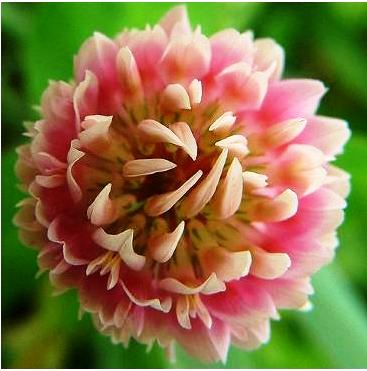
Red Clover
Red clover is an herb that is native to many parts of Europe, Asia and North Africa. Its botanical name is Trifolium pratense. As mentioned above, the active ingredient of red clover is the isoflavones and therefore this falls in the category of phytoestrogens. However, it does deserve a separate sub-section in view of the fact that it is marketed heavily as a distinct entity in its own right and under its name ‘red clover’. There are numerous good quality studies which have demonstrated the benefit of red clover in relieving hot flushes to some degree among users. In addition, some studies show benefit in protecting against the thinning of bones suggesting reduced osteoporosis risk. There is also a suggestion from studies that red clover could improve the lipid profile by lowering cholesterol levels.
With the evidently strong estrogenic effects of red clover isoflavone arises the question of effect on breast tissue. However, there are no long term study results available to answer this. As a precautionary measure against the ‘unknowns’, it is commonly advised to use the products for a relatively short duration of around 6-12 months and use by breast cancer survivors is strongly discouraged.
Black cohosh
This herbal supplement extracted from the plant of the buttercup family has been advocated by alternative medicine practitioners for many years for a variety of ailments including hot flushes.
Like with most herbal supplements, black cohosh is plagued by the difficulty arising from lack of standardisation in the manufacturing. This makes it impossible to guarantee quality of any marketed black cohosh product. It is also difficult to establish the right dose and other basic parameters of use that are taken for granted and are a given with regulated medicines. Some studies have shown possible benefit from use of black cohosh for menopausal symptoms for some users. However, several other randomised controlled trials (RCTs) have shown no benefit from use of Black cohosh for women suffering from hot flushes and, in fact, in some of those studies, black cohosh performed worse than placebo (dummy tablets).
There is also the issue of safety. Concerns were raised a few years ago about reports of possible liver toxicity associated with use of Black cohosh. The Medicines and Healthcare Products Regulatory Agency (MHRA) in England issued a warning to this effect particularly among users or potential users who have active liver disease or history of liver damage. There seems to be credence in the reports of liver reactions including evidence of inflammation (one case of autoimmune hepatitis) and development of jaundice but this appears to be rare.
In September 2011, a study was presented at the North American Menopause Society conference with conclusions that there was no evidence of liver toxicity from use of black cohosh. However, this was a study co-sponsored by Schaper and Brummer, manufacturers of a black cohosh product Remifenin®. It seems prudent for any potential user to bear the possibility of liver toxicity in mind particularly so if there is past or current history of liver disease.
The biological name for the black cohosh plant is Cimicifuga racemosa. It is also known as Actaea racemosa.
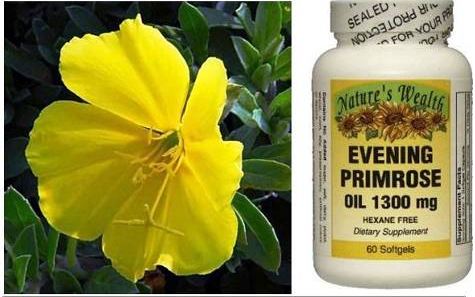
Evening primrose (Oenothera biennis)
Is there anything evening primrose can’t do? On a more serious note, evening primrose oil has proven benefit in the management of mood swings and mastalgia (breast pain) especially the cyclical type associated with the menstrual cycle. The active ingredient is gamma lanoleic acid. Studies on its effectiveness against hot flushes have shown no evidence of this. Many herbal product manufacturers and sellers still put this claim on their product but the evidence is simply not there.
Ginkgo biloba
Ginkgo trees grow to a great height, some over 30 metres high. They are found mainly in China and Japan where products from the trees have been used as herbal remedies for various ailments since ancient times. It is, in fact, the national tree of China.
Ginkgo biloba has been marketed heavily on a claimed benefit of improving poor memory, yet studies do not seem to support this claim.
Ginkgo biloba extracts have been marketed for relief of menopausal symptoms also for many years. However, evidence to their effectiveness against vasomotor symptoms (hot flushes and sweats) is virtually non-existent.
There is evidence that these products may be effective in improving circulation. A study published in the American Journal of Medicine in March 2000 showed strong evidence that Ginkgo biloba is effective in the management of the circulatory condition known as ‘Intermittent claudication’, a condition that tends to be difficult to treat. In contrast, no studies have proven effectiveness of Ginkgo biloba against menopausal hot flushes.
There is the issue of safety also. Ginkgo biloba can increase the tendency to bleed and this is very significant not only for individuals who may be taking anti-coagulant medications such as Warfarin at the same time but even with Aspirin use.
Panax ginseng
This is the Asian ginseng as opposed to the American ginseng, the botanical name of which is Panax quinquefolius. Extracts of the Panax ginseng root have been used for centuries in a number of ailments including Type 2 diabetes but also as a stimulant and aphrodisiac.
Panax ginseng has been a subject of many scientific studies and there is a considerable amount of evidence that it has a variety of health benefits including anti-inflammatory properties and possible radio-protective effects for cancer patients on radiotherapy. Other studies have shown evidence of improving libido.
Its claimed use in relieving hot flushes is a relatively more recent one. There are presently no scientific studies to support this claim.
St. John’s Wort (Hypericum perforatum)
Literature shows that St.John’s Wort extracts have been used for medicinal purposes since the times of ancient Greece. There is scientific evidence of its effectiveness in mild and moderate depression. One of the active components of St. John’s Wort extract, namely ‘hyperforin’ has been demonstrated to have considerable anti-bacterial and anti-inflammatory properties. Because of this, it has been advocated for treating wounds and burns among other things.
Like most herbal products, difficulties arise on issues of dosage, frequency and duration of treatment as well as interaction with other medicines that the individual may be taking. It is, in fact known to have adverse drug interaction with some asthma drugs, antidepressants and some medicines (protease inhibitors) used for HIV infection.
Published studies show no evidence of St. John’s wort’s effectiveness on its own against menopause related hot flushes and sweats. Interestingly, a systematic review of studies looking at herbal preparations for menopausal symptoms published in the medical journal Gynecological Endocrinology in March 2012 showed that there is evidence that a combination of St. John’s wort and Black cohosh may be effective in relieving these symptoms.
Dong quai (Angelica sinensis)
Extracts from this herb’s roots have been used in traditional Chinese medicines for centuries. The name ‘Dong quai’ loosely translates as ‘female ginseng’.
Whilst dong quai may have beneficial effects in some of the ailments it is deployed for, there is so far no evidence that it is effective against menopause related hot flushes and sweats. There is evidence of anti-oxidant, analgesic (pain-killing) and anti-inflammatory activities. Also, it contains coumarins which are anticoagulants. Users on regular warfarin or aspirin need to be aware of that and the consequent increased risk of bleeding. The botanical name for it is Angelica sinensis.
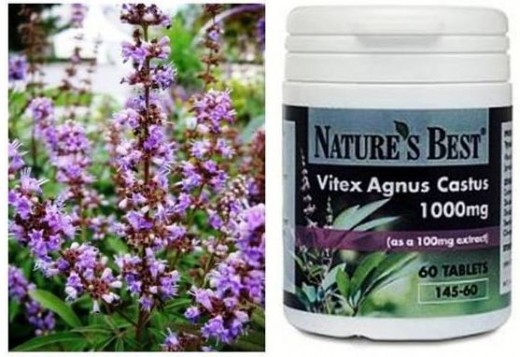
Vitex agnus-castus
This is a native plant of many parts of Africa and the Mediterranean. Extracts from many parts of the plant including leaves, flowers, seeds and even the stem have been used for centuries in places where the plant is native for medicinal purposes. In modern times, the extracts usually made into capsules have been marketed as a remedy for pre-menstrual syndrome (PMS) and mastalgia (painful breast). There is some evidence of effectiveness in those conditions for some users. Vitex agnus-castus (usually marketed as simply ‘agnus castus’) has also been claimed to help with menopause related hot flushes. However, there is, so far, no evidence of effectiveness in this area.
Kava kava
Kava kava is an extract derived from a shrub that is a native of the South Pacific. It is a plant of the pepper family that goes by the botanical name ‘Piper methysticum’. It is promoted as being effective against hot flushes amongst other claimed benefits.
In the UK, the sale of kava kava products was banned in 2003 following more than 100 reports of severe liver toxicity possibly associated with the use of kava kava products. A review by the Medicines and Healthcare Products Regulatory Agency (MRHA) has maintained the ban. It is also banned in France and Germany and some Scandinavian countries. It is, presently, still available to buy over the counter in various forms in the United States and; Canada, which originally banned the products, has since relaxed the ban.
No published studies looking at its effectiveness against hot flushes are available.
Homeopathy
Homeopathy is one of the several complementary and alternative therapies that have been employed to try to alleviate menopausal symptoms including hot flushes, night sweats, mood swings and memory problems. The option is particularly significant for women diagnosed or recovering from breast cancer for whom standard HRT is not available. It is also relevant for other women who, for a variety of medical or personal reasons may not be suitable or could be unwilling to take HRT.
There are several published observational studies, the results of which show possible benefit from using homeopathic medicines in relieving these menopausal symptoms. The studies were ‘open-label’ and therefore do not quite meet the rigorous standards of the randomised controlled trials (RCT) accepted as the gold standard. In any case, the findings from the studies are quite encouraging of the potential of this alternative therapy in dealing with menopausal symptoms. This is an area we are likely to hear more of going forward.
Acupuncture
Acupuncture has been employed in a variety of conditions and that includes the menopausal symptoms. Studies on its effectiveness have given inconsistent results. This is clearly an area that requires further studies to see if and whether there is any role for acupuncture in the management of menopausal symptoms.
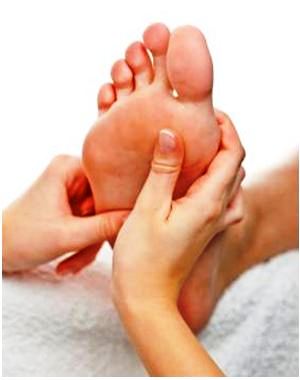
Reflexology
There have been studies looking at the effectiveness of reflexology in relieving menopausal symptoms. Reflexology is a form of massage but without using oils or lotions. It is also called ‘zone therapy’ as the pressure massage is applied to specific areas (zones) on the feet, hands and ears using a special technique. The studies have shown no evidence that reflexology is effective against menopausal symptoms.
Ayurveda
Ayurveda is a form of traditional medicine which originates from India. It is a very complex system with set principles. The use of mainly plant-derived medicines is only a component of the treatment.
Apart from one small study involving 43 participants in India, there are no published studies looking at the effectiveness of ayurvedic medicine in menopausal symptoms.
Alexander technique
This technique was developed by Frederick Alexander, an Australian actor, towards the end of the 19th century. His aim was to overcome voice hoarseness and improve public speaking, things he required as a Shakespearean actor. At its core, the Alexander technique is aimed at improving postural habits and remove limitations brought about by chronic, probably unconscious bad posture which, in turn, limit performance (for an actor!) and cause stress and fatigue.
The Alexander technique has been borrowed by practitioners to be utilised in other spheres beyond the Theatre. There is, so far, no conclusive evidence that the Alexander technique can help relieve hot flushes. There may, however, be benefits in relieving other symptoms such as stress and fatigue that arise from the vasomotor symptoms.
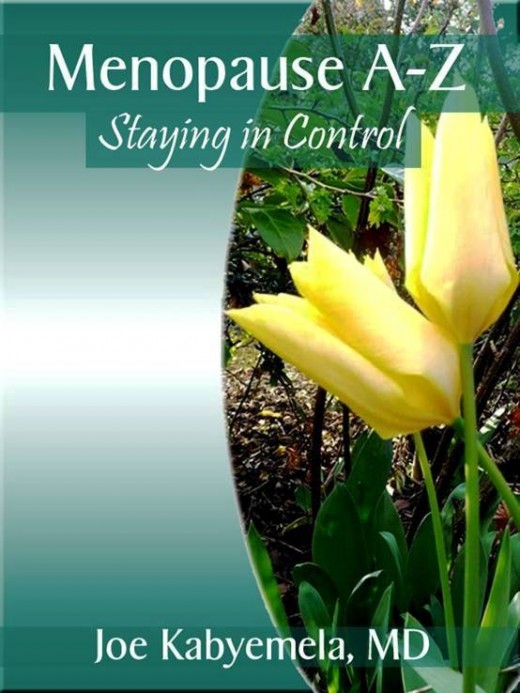
Stay in Control
So, there you have it. When you are appropriately informed, you are empowered to make decisions that you are comfortable with rather than basing your decision on a sleek advert. The list here is certainly not exhaustive but covers most complementary and alternative therapies deployed in an attempt to tackle menopausal symptoms. As you have seen some work, for some the jury is still out and for others, well, the evidence simply doesn't add up.
I have always been bemused by the ubiquitous claim of 'what doctors don't want you to know', beloved of many snake-oil salespeople, as if doctors form this global mafia with dark initiation ceremonies, the aim of which is to ensure people stay unwell. The absurdity of it all defies logic. The subject of complementary and alternative therapies is only a small part of the broader subject of menopause. Being informed means a woman is in full control of her destiny.

